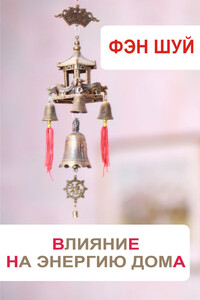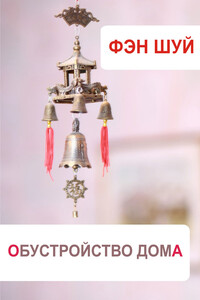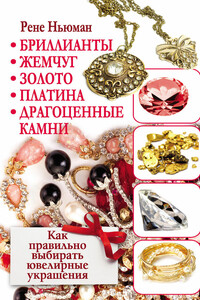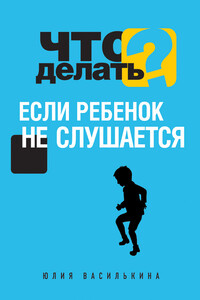By the end of the 1950s multi-strand beads became extremely fashionable (ill. 104–107). One fashion magazine even recommended to wear them with your overcoat. Wooden necklaces were also very popular (ill. 109). Soon the wooden beads began to be made in local workshops. The necklaces from Manchurian walnut – real wooden lace, were especially desired (outer necklace on N1.109). Bone carving workshops gradually returned to work in Kholmogory, as well as Rostov enamel masters, and factories making jewelry of semiprecious stones in the Urals (ill. 110–112).
Most wore the production of domestic factories and workshops or Czech jewelry, but at that time there was a group of youth named “styljagy” focused entirely on the western fashion. Their style of clothes and jewelry was exaggeratedly fashionable, and their appearance sharply stood out from the crowd. The authorities conducted an uncompromising struggle with them, and the magazine “Crocodile” constantly published caricatures deriding them (ill. 103). Girls who did not want to or could not work, were also depicted hung with beads and earrings (ill. 104,105). The enemies of the proletariat were also not forgotten: lady Astor in the caricature depicting American capitalism wears both beads, earrings and bracelets (ill. 106).
The US market was indeed overcrowded with costume jewelry, distinguished by the abundance of shiny stones and bright gilding. The only kind of jewelry that disappeared from the US market for a long time was a Czech jewelry. Practically the whole production of Jablonex was exported to USSR. The designs of Czech jewelry didn’t change so strongly over the years. That’s why quite similar brooches often are dated differently: here (1960-70s) and in USA (1920-30s) (ill. 119,119a).
Czech jewelry and the very traditional production of our factories couldn’t satisfy completely the demand of Russian women, who were deprived for a long time of any jewelry. So they started to make it themselves of paper, various seeds, nuts, alder cones, birch bark (ill. 120). Some skilled craftsmen created for their favorite girls whole sets of jewelry (ill. 121, 121a). The method of making beads of bread was also not forgotten (ill. 123).
In the early 1960s long necklaces became extremely fashionable, especially those composed of separate beads connected by chains (ill. 123a-125). The Kaliningrad Amber Factory and Lithuanian masters also decidedly modernised the style of their products (ill. 126,127). Their buyers found plastic beads of fake amber as well (ill. 128).
Brooches with so called “abstract” designs enjoyed exceptional popularity. Brooches, unreleased by Tallinn jewelry factory (label “T30-33 Met”) were very interesting. In the State Art Institute of the Estonian SSR in 1966-68s series of stamped metal brooches were created with ethnographic motifs. Usually they have a brand «Tallin KJ». Similar in style brooches were produced also in Latvia (ill. 129).
In early 1960s the Leningrad jewelry factory (label «ЛФ») and the Leningrad jewelry– watch plant (label «ЛЮ») began to produce brooches in so called “abstract” style by the method of hot enamel (ill. 130–132). The figure after the brand designates the year of production. For example, «ЛФ0» indicates that the brooch was made in 1960. The letter “M” designates that it was made of base metal. Designers of these brooches were young graduates of art school. The Leading role among them played Vera G. Povolotskaya, whose works are now in many museums in Russia. From my point of view, they are no less interesting than, for example, the well-known brooches of French artist Lee Stein, who began to work in late 1960s (ill.133-133b). Many factories made similar brooches using simpler technologies and cheaper materials (ill. 134). The same factories produced a large number of childrens brooches, which were extremely popular at that time (ill. 134a).
The masters working with semiprecious stones also passed to the new style of design (ill. 135). Nevertheless there was not enough jewelry, and many women longed for something rare, peculiar, or unusual. There were many goldsmiths, but at that time private persons were strictly forbidden to work with precious stones and materials. So such masters took a big risk, but their clients did not betray them. At least two of these masters worked very skillfully: one was a brilliant jeweler (ill. 136, 137), the second – a proficient carver (ill. 138, 139).



